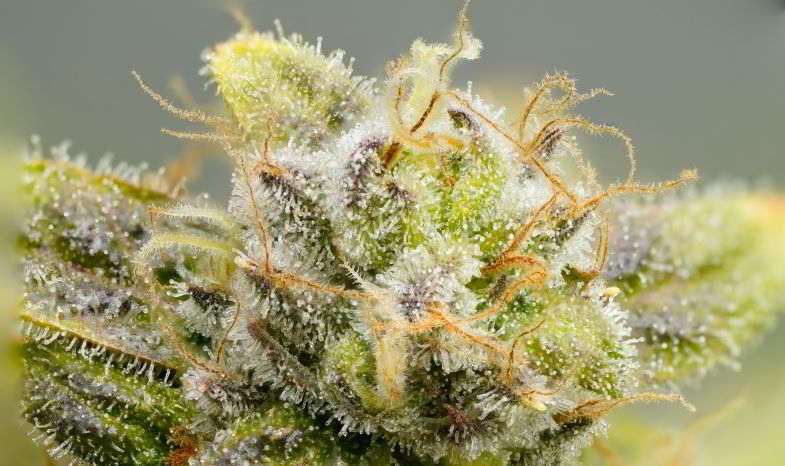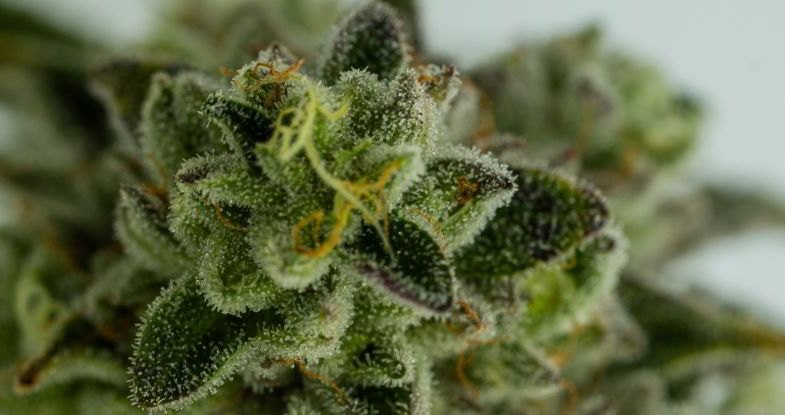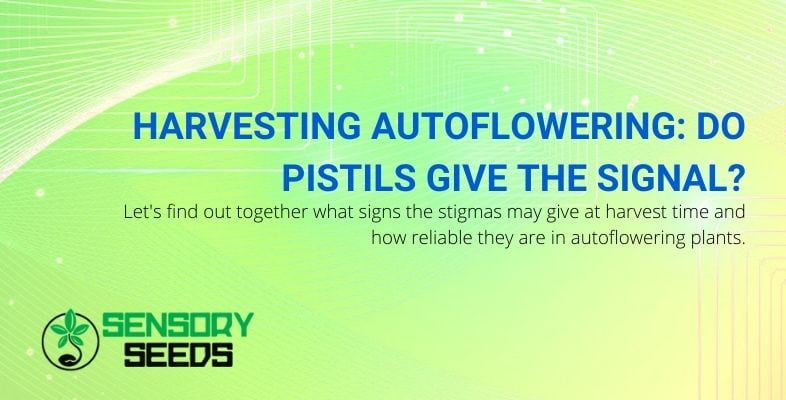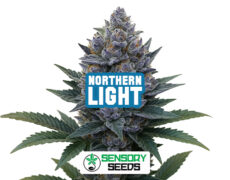Modified on: 20/09/2022
Let’s find out together what signs the stigmas may give at harvest time and how reliable they are in autoflowering plants
Hemp plants grown from autoflowering seeds are unique in that they begin to flower after around 60-70 days, regardless of the light and dark cycles to which they have been exposed. As the flowers develop, however, it becomes complicated for some hemp growers to know when to harvest. Can we rely on the appearance of the pistils (or stigmas)? Or is it better to make other considerations? Here’s everything you need to know about autoflowering harvest and pistils.

Pistils in auto-flowering strains: do they indicate the time of harvest?
Recently, autoflowering cannabis strains (such as autoflowering dwarf plants) have become very popular with indoor and outdoor growers. They are plants that adapt to less sunny and colder areas and have predictable growth. After germination and a short vegetative phase, the formation of compact, resin-rich buds will not be long in coming, and harvest time will be here in no time. But how can you be sure when it’s time to harvest, considering that in auto-flowering strains, the pistils turn from white to orange in just a few days, not a few weeks? The pistils can tell a lot about the plant in photoperiodic hemp specimens, but is this also true for auto-flowering hemp? Let’s start by clarifying that pistils (or stigmas) are the female reproductive organs of cannabis plants; they are hair-like and visible to the naked eye. In the world of cannabis cultivation, it is generally considered that when most of the stigmas of a plant are dark, the buds can be harvested. However, it can happen that at the end of flowering, the pistils are still completely white. Why is this? Why do pistils sometimes not turn brown? Or why do they sometimes ripen early?Read also: Cannabis: how to obtain dense, compact budsWhite pistils at the end of flowering could characterise particular cannabis genetics. However, before becoming alarmed, cannabis growers should thoroughly inform themselves about the peculiarities of the plants they are dealing with. In other cases, however, new stigmas continue to form—even when the plant is in an advanced flowering stage—due to exposure to high temperatures, which cause stress to the plant. To avoid anomalies. Therefore, canapiculturists need to ensure that the environment’s temperature is kept constant. As you can see, with autoflowering, the method of checking the pistils is not very accurate. Sometimes, even when half the pistils are dark, it can still take days and days before the buds are completely ready for harvest. For this reason, it is ideal also to examine the trichomes and leaves.


Trichomes and leaves: the signs of ripeness
Trichomes are small, mushroom-shaped glands that produce cannabinoids and terpenes. Like pistils, trichomes can also be of different colours (clear, cloudy, amber…) depending on the stage of maturity. Still, you will need a magnifying glass or a quality camera to see them. The colour of the trichomes helps understand both the degree of ripeness of the buds and the effect of their cannabinoids. In particular, light-coloured trichomes are associated with a “high” effect and amber trichomes with a sedative effect. However, growth and maturation patterns change for auto-flowering strains, so it is advisable to harvest when the trichomes are cloudy. Another sign to look out for when assessing maturity in the flowering phase is the yellowing of the leaves. When the leaves of auto-flowering plants turn yellow, this means that one life cycle has ended. It is a sure sign, even for particular auto-flowering plants. Combining this and other clues will not be complicated to know when to harvest hemp flowers.Read also: Small cannabis plants: how to adjust to save space









